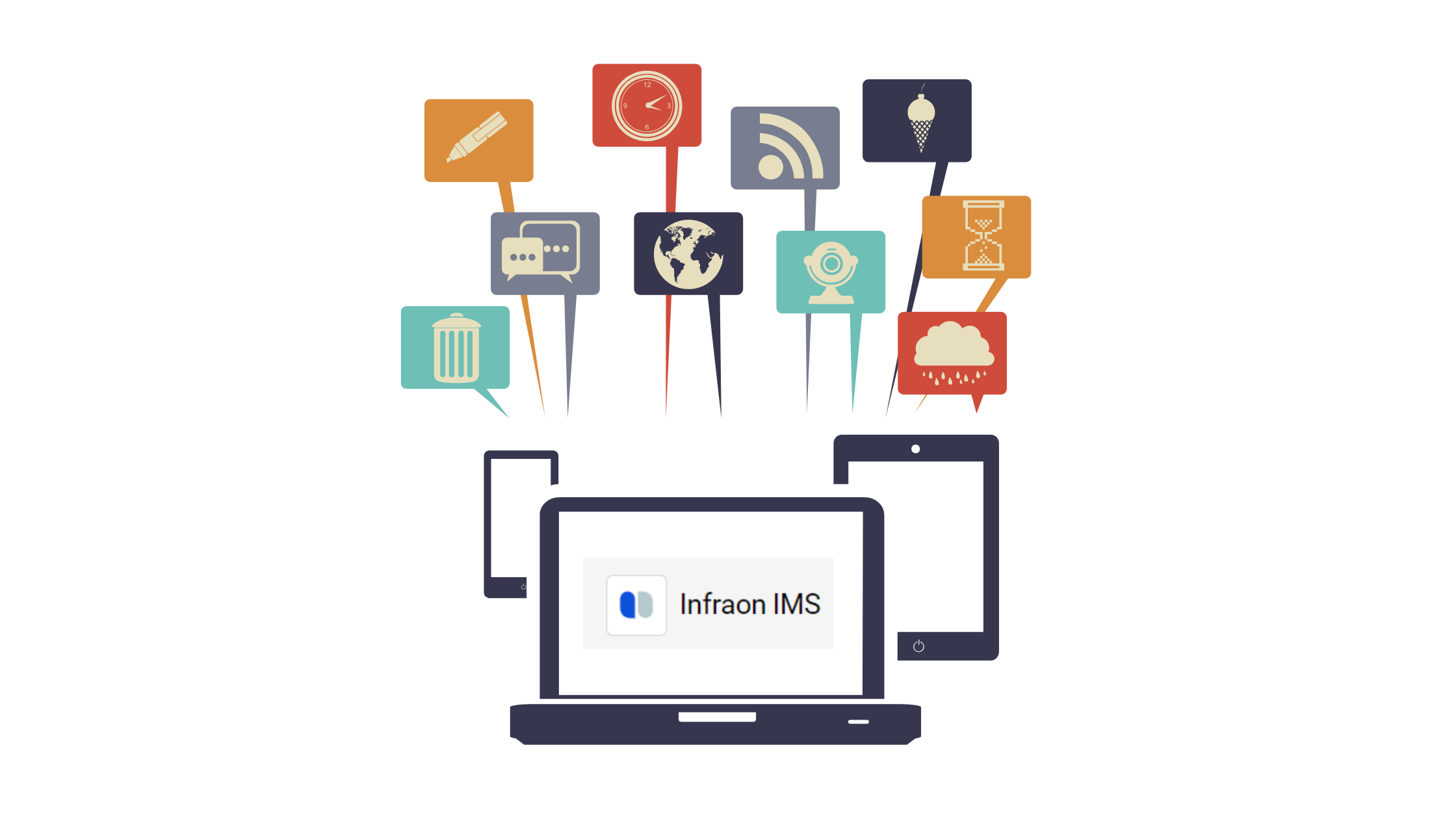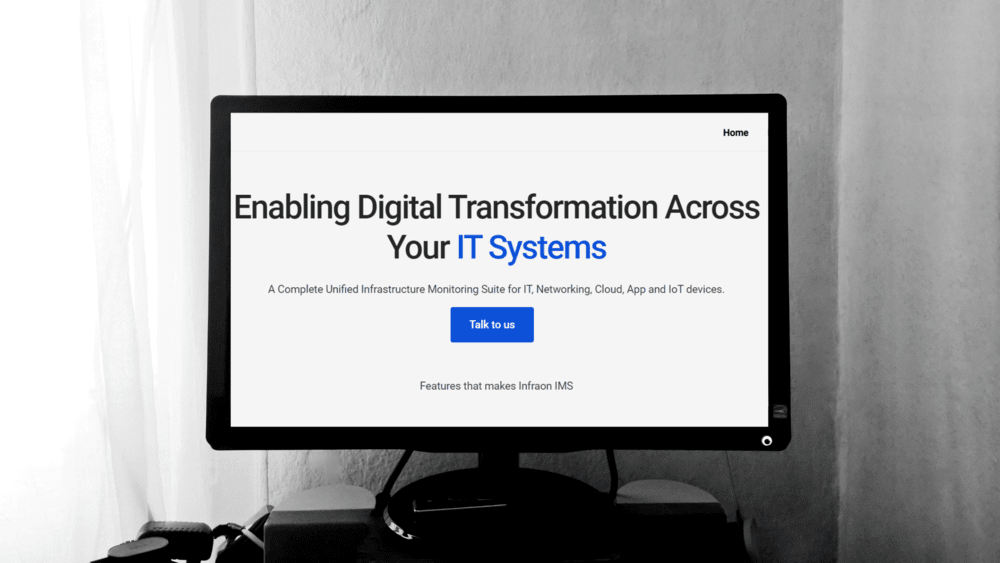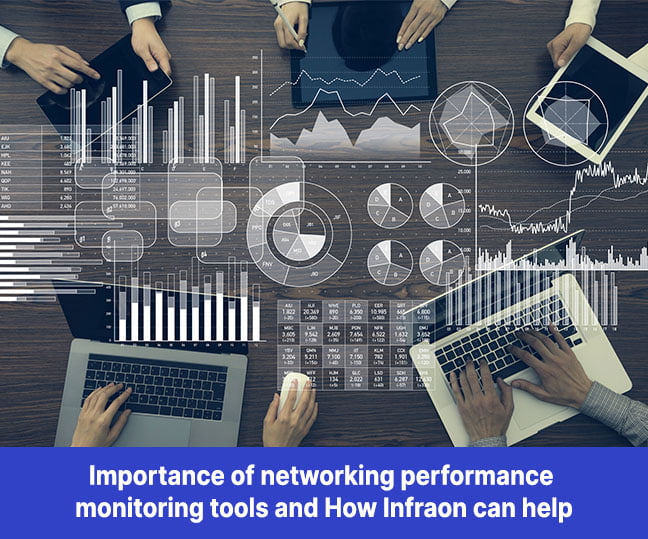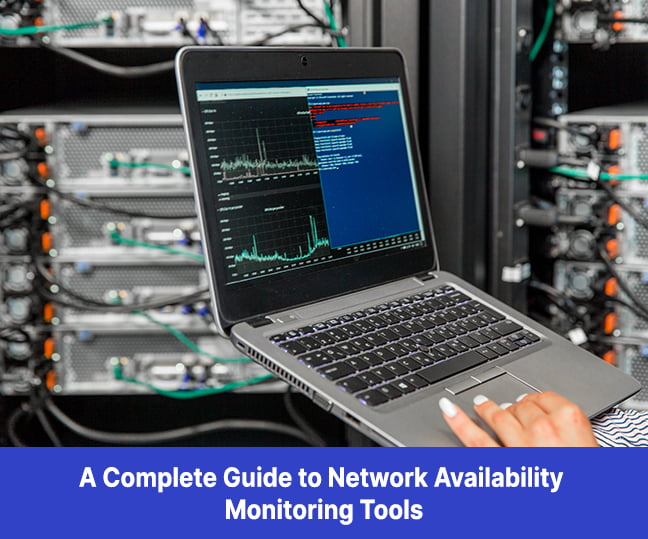Quality of Service (QoS) uses methods or technologies on networks to control traffic and ensure the performance of critical applications with limited network capacity. It enables organizations to adjust their overall network traffic by prioritizing specific high-performance applications.
Your internet connection is like a highway where different types of vehicles travel to reach their destination. Your car drivers, truckers, average commuters, and emergency services vehicles all share the same lanes. The direction of the vehicles may be the same, but the urgency to reach the destination can vary. You never want an ambulance to be stuck in a traffic jam.
Data traveling over your internet connection works the same way – all types of traffic, voice, video, file transfer, applications, and browsing use the same bandwidth. However, large file downloads can cause traffic to back up. When this happens, voice calls can experience jitter and lag, in other words, bad audio quality. Quality of Service, or QoS, is designed to help in such conditions.
QoS, or traffic shaping, can prioritize each device and service operating on the network. It then controls the amount of bandwidth each can consume depending on what it is trying to do and how fault-tolerant it is. For example, if packet loss occurs during a file transfer, they’ll have to be re-sent until all files are received. The file will still be received as one whole package. However, with voice and video, the lost portions can’t be sent later because any loss will result in a conspicuous lag that immediately affects the user experience. When appropriately configured, QoS recognizes the different types of traffic, understands the relative importance of uninterrupted packet flow, and prioritizes accordingly.

Why is QoS monitoring important?
QoS monitoring is vital to ensure that the policies that you have implemented provide the desired results. It also helps ensure that the issues you faced before implementing the QoS policies do not come up again. Ideally, the monitoring should be done before and after implementing QoS policies. Monitoring your network before implementing the policies will help you understand where and why the bottlenecks and delays are happening in your network. The data gathered thus will help you plan your upgrades and procedures accordingly. Monitoring your network after implementing the policies will help you understand if the QoS policies provide the desired result for your organization.
It is also a proactive approach to detecting problems that may arise. While you cannot monitor the QoS directly, you can use three primary network metrics to monitor QoS:
- Latency: Length of time for a packet to go from the sender to the receiver. Long time delays in the delivery of Voice over IP data reflect poor audio and video quality.
- Jitter: Measurement of the variation of delay, i.e., how consistent is the delay, do all packets have a similar delay (low jitter) or are some of the packets are fast while others are slow (high jitter). For instance, high jitter is indicative of disturbed or blurred voice and video streaming.
- Packet loss: Network overloads, inadequately performing devices, or hardware and software errors cause packet loss, duplicate packets, or arrival in the wrong order. Packet losses directly impact the quality of the service.

What is Infraon IMS monitoring of QoS, and how does it work?
So how do you monitor these metrics? Sometimes, manufacturers provide ways to measure QoS natively on their devices. For example, many Cisco devices let you monitor QoS metrics. However, you need network monitoring software to monitor all the metrics discussed here. InfraonIMS will help you monitor all these metrics irrespective of the target node’s make and model. InfraonIMS QoS monitoring module and its powerful bandwidth monitoring module give you a complete insight into your network traffic. It will help you reach/ pinpoint the source of your bandwidth issues with the help of interactive and informative dashboards/ reports.
As we all know, Work From Home (WFH) is the new normal. Employees are working from the remotest of places. Accessing critical applications, attending remote meetings, attempting heavy file transfers, etc., are all done remotely. Therefore, the dependency or load on your network bandwidth has increased exponentially. Any delay or failure in the network impacts the business and employee productivity.
InfraonIMS’s near real-time and proactive monitoring of bandwidth and QoS metrics ensure that you use your current bandwidth more efficiently. You can avoid expenses on frequent upgrades to deal with bandwidth problems and identify the symptoms before they cause downtime in your network.

Tanvir Singh
Presales Consultant



















